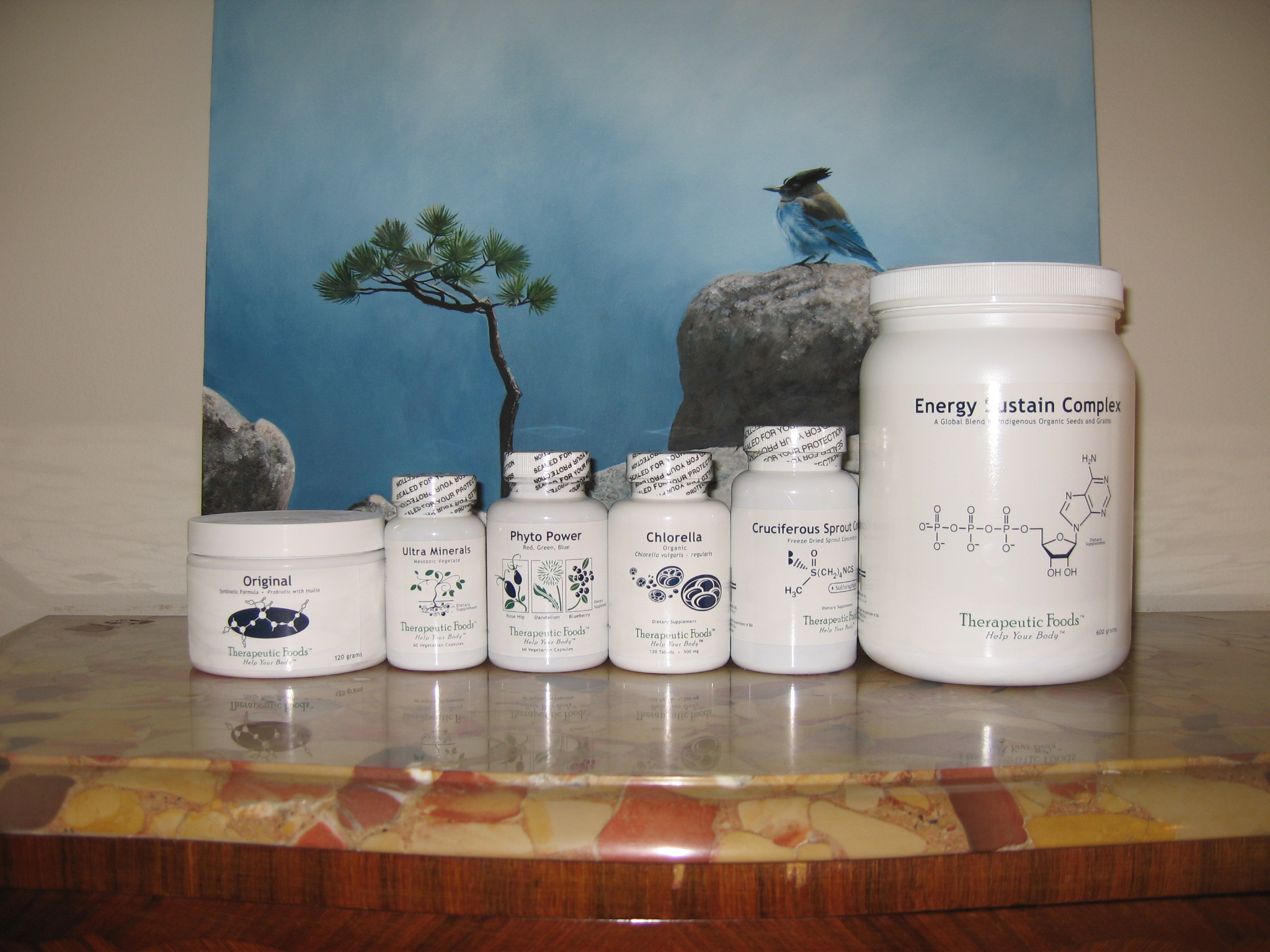What is the Biosphere?
|
Dear Friends,
It’s spring. It’s time to check out the soil, plant the garden, watch life sprout and grow. Watch the biosphere do its thing. Two questions for you: What is your definition of the biosphere? How can a proper understanding of what the biosphere is, save us from extinction? Here’s mine: The biosphere is the biofilm of life on the rock we call earth. (Bardell. S., 4/11/2012) Here’s another, expanded a bit more for further clarification: The biosphere is the totality of life living and dead plus its interactions with rocks, water, and air. It is diverse and complex. (Donovan, P., Carbon Cycle video, Soil Carbon Coalition, 2010) So, the biosphere is the zone of the earth where the complex interweaving of living and nonliving systems occurs. Fritjof Capra (1996) in his book, The Web of Life, takes us into the workings of the biosphere through explaining its carbon cycle/. Let’s look at the carbon cycle from two vantage points as he provides us with foundational and transformative ideas.
We have this great plant next to our kitchen sink. It’s been with us for years and all I’ve ever done to keep it happy is water it. No plant foods given, no changing of its soils, nothing but supplying water—and still it’s alive, healthy and busting with life. This wonderful plant supplies us with beauty, fills our room with oxygen, and takes the CO2 out of the air. Isn’t it amazing to realize that most of its material for existance and growth comes from the air? Another example of how carbon cycles through the biosphere is called The weathering effect. Rain (containing CO2) falls to the earth and mixes with the rocks (containing calcium), which is catalyzed by soil bacteria to form calcium carbonate (CaCO3). The soluble CaCO3 washes into the ocean where it is absorbed by microscopic algae to form their tiny microscopic shells. When they die, they fall to the bottom of the sea to form limestone. As the weight of the limestone builds it eventually finds its way through the ocean floor’s earth crust, falling into the mantle of hot molten rock underneath. This is then, through volcanic action, spewed back into the atmosphere as CO2, to be recycled once again by plants and rainfall. The only waste generated by the ecosystem as a whole is the heat energy of respiration, which is radiated into the atmosphere and is replenished continually by the sun through photosynthesis. Eugene Odum’s dictum, “Matter circulates, energy dissipates.” (Capra, 1996) Knowing the path carbon takes during its cycling, gives us the power to control our fate when it comes to the escalating atmospheric green house gasses that are catapulting us into extinction. How does this understanding help us save ourselves? By understanding the carbon cycle we also realize the key factor in whether or not we will be able to stop the escalating rise in greenhouse CO2 levels, which threatens us with the next mass extinction. How well we manage the soil of the earth has the potential of saving our world but if we continue with our present mismanagement of our farming practices we will reap the grim consequences. So roll your sleeves, plant your organic gardens, water your plants indoor with love, and pass on the urgent message that change is good. Sincerely yours, Seann Bardell Clinical Note:
Isn’t it time for a Spring cleaning of our body. Many of you have your detox programs for your patients in the Spring. Our new product fit right in. Here they are: Energy Sustain, Cruciferous Sprouts Complex, Chlorella, Phyto Power, Ultra Minerals and Original Synbiotic Formula. Let’s look at them from right to left: Energy Sustain: organic quinoa, amaranth, chia, buckwheat and millet, all especially milled to make their nutrients available. There is no gluten, yeast, wheat, corn, soy, or excipients and additives of any kind. They are clean and pure. They are kosher. Cruciferous Sprouts: broccoli, daikon radish, red radish, watercress, kale, mustard, cabbage. All freeze dried sprouts harvested on the third day when their glucosinolates are at their heights. Phyto Power: whole and very potent multi-species of wildcrafted Blueberry, Dandelion and Rosehips—just think of the red, blue and green power. Ultra Minerals: 72 nano sized, negatively charged plant derived minerals from Deep Time—predating humans destructive involvement with the land. Original Synbiotic Formula: good bacteria and good fiber. Mix with a little dilute organic pear or apple juice—a good breakfast.
This gorgeous frog comes from the jungles of Central America, where it was filmed by the Planet Earth team. Their experience as they traveled around the earth to wilderness places was that the amphibian populations are in collapse. Of the 6000 species of frogs worldwide one-third are endangered. Why? They are like the carnary in the mine—sensitive to unhealthy atmospheric conditions. The frogs are the canary of our world. Their skin is very vulnerable to the rising tide of pollutions and pathogens. One of the lead scientists in the Planet Earth Video said that frogs are becoming extinct throughout Central America.
|


%20copy.jpg) The Last Quiz Answer:
The Last Quiz Answer:
